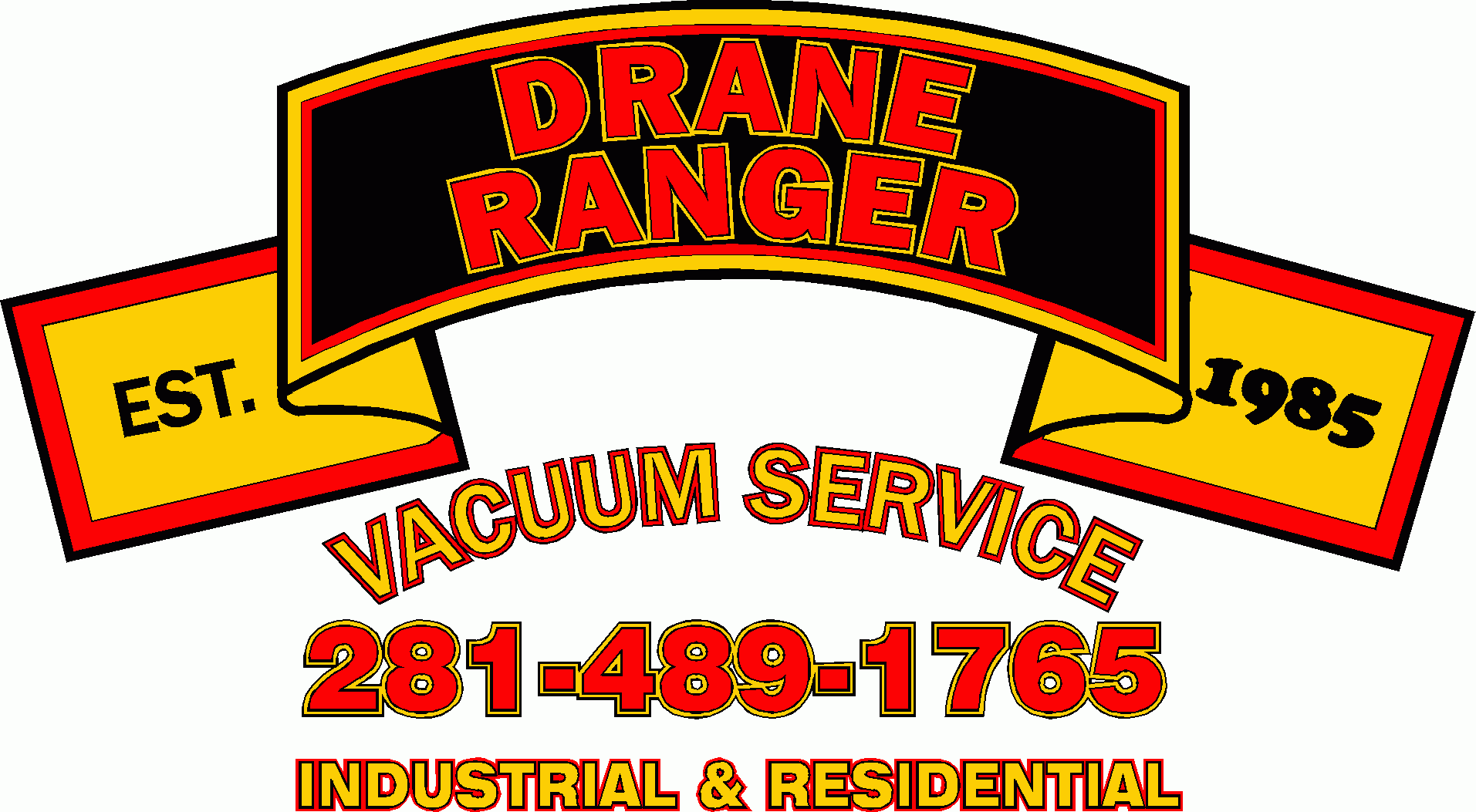No doubt about it! Most households agree that their septic tank is crucially important. Unfortunately, as septic tank pumping companies point out, septic systems are too often also overlooked and taken-for-granted.
As septic tank pumping companies explain, ignoring the required, regular maintenance of septic tank systems inevitably causes a serious mess when the septic tank fails, but affects the health of the family, when various harmful substances seep into the home.
The concept is simple. Many residential properties rely on in-ground septic tanks to help manage household waste—the liquid and solid waste that goes down the home’s drains. Unlike standard, municipal sewer system that feed into a large disposal network, a septic tank can only hold a limited amount of waste.
Septic Tank Pumping Companies point out that every residential septic system is designed to efficiently process waste for decades, assuming the septic tank is properly maintained and looked after with scheduled septic tank service from an experienced and professional septic tank pumping service.
Septic Tank Pumping Companies also emphasize that the most fundamental, and arguably the most important factor necessary—and critical—to maintain the efficiency and proper function of a septic system is the regular, scheduled pumping of the septic tank.
Most professionals recommend pumping the septic tank every 3 to 5 years, but it is important to determine the specific recommendations for a septic tank system and evaluating the household’s water usage. The more water, the more often the septic tank will need to be pumped.
Overlooking the regular maintenance and servicing of a septic tank can cause septic tank problems as well as health hazards. The scheduled services of septic tank pumping companies will eliminate some common septic tank problems, like:
Sluggish drains and/or flushing. When a septic system starts backing-up, the sinks, tub, or shower suddenly don’t drain as quickly as normal, or the toilet doesn’t flush as thoroughly as it usually does.
Odors. As the septic tank fills-up, there is less and less space for odor causing gases in the septic tank. Eventually, these gases can drift from the toilet or the sink and other drains inside the house. It not only smells awful but methane gas, hydrogen sulfate and the airborne bacteria in the fumes can be health issues for everyone in the home.
Septic Tank Pumping Companies have the expertise to avoid septic tank back-ups and the worrisome risk of making people sick when odors waft through the home.
